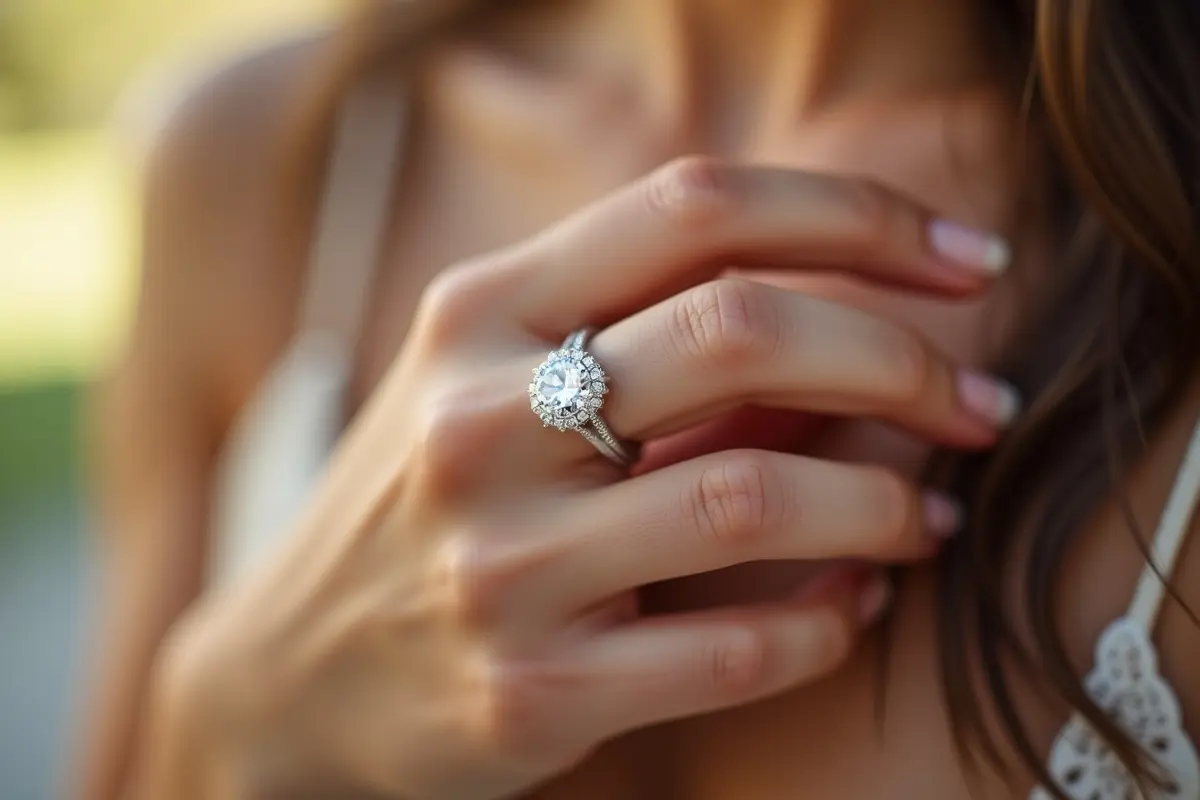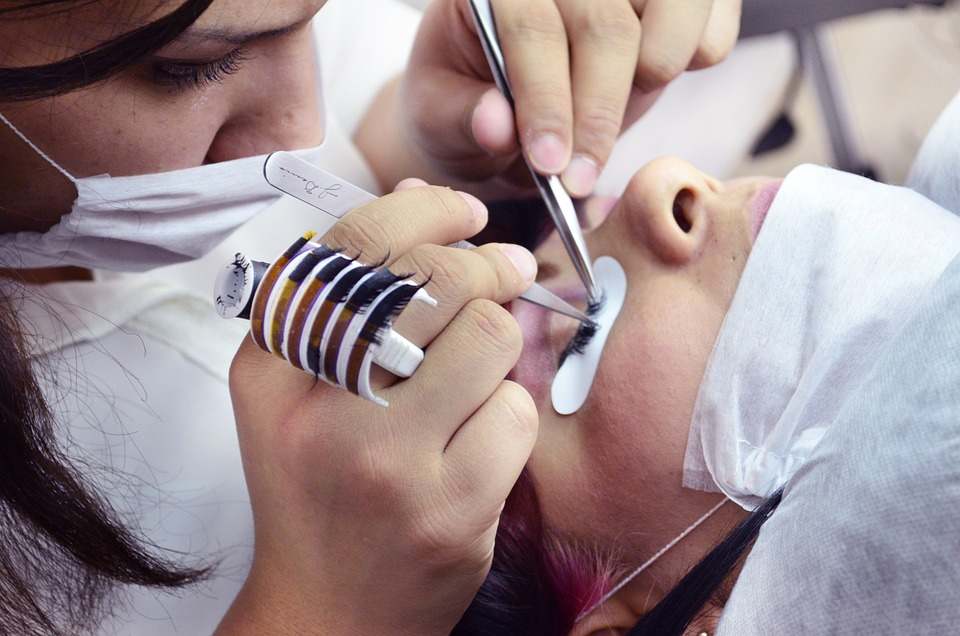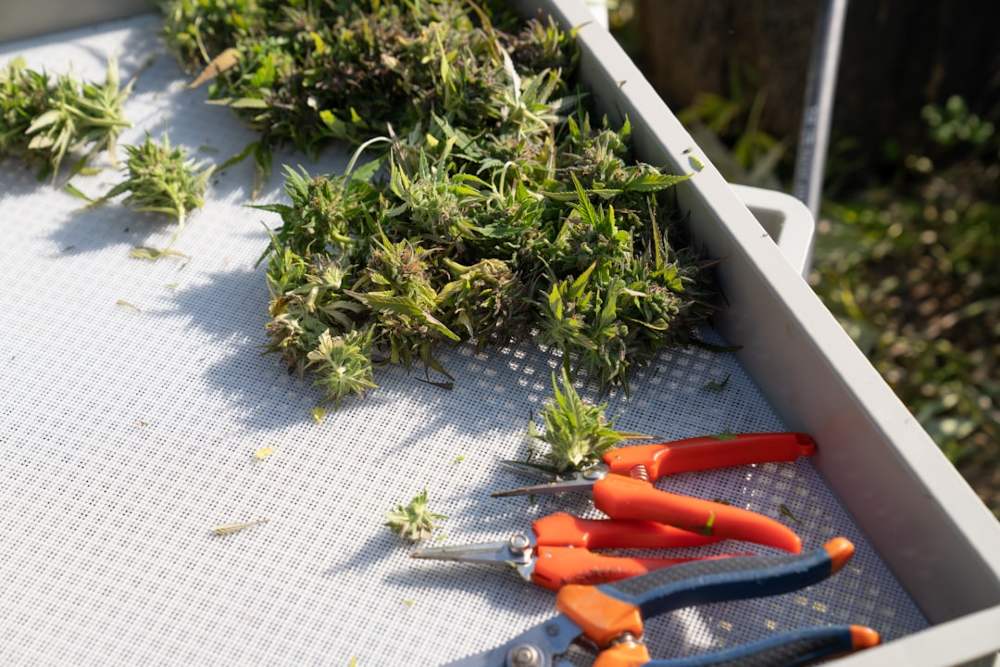Modern couples seeking engagement rings are now more informed and value-conscious than ever, leading to an extraordinary rise in the popularity of lab-grown diamonds. The jewelry industry has undergone a significant shift as consumers become increasingly aware of their purchasing choices, driven by a desire for transparency, sustainability, and responsible sourcing.
Praised for their ethical sourcing, lower environmental footprint, and exceptional beauty, these diamonds are transforming the landscape of fine jewelry. Whether you’re drawn to their fascinating origin story, the innovative artistry behind each gem, or simply their undeniable brilliance, lab diamond rings for women are becoming a celebrated alternative to traditionally mined stones.
This surge in popularity reflects broader trends of mindful consumption, where people want to know the background of what they purchase, especially for significant pieces like engagement rings that symbolize a lifelong commitment.
Unlike their natural counterparts, lab-grown diamonds combine transparency and modern science without the mystery or ethical concerns associated with traditional mining. For the first time, buyers can trace the diamond’s journey from the lab to the ring, eliminating concerns over “blood diamonds” or destructive mining practices.
With equal, if not greater, brilliance and mesmerizing sparkle, these gems empower couples to make choices based on both personal and shared values, as well as style. Their accessibility and clarity of origin allow couples to honor the cherished symbolism of an engagement ring while having confidence in its story and impact on the world around them.
What Are Lab-Grown Diamonds?
Lab-grown diamonds, often referred to as synthetic or cultured diamonds, are advanced marvels crafted in scientific laboratories under tightly controlled conditions. These gems possess the same physical, chemical, and optical properties as natural diamonds, making them nearly indistinguishable without specialized equipment.
Just like mined diamonds, lab-grown gems are pure carbon crystals arranged in the classic diamond cubic structure. By replicating nature’s geological processes in a highly monitored setting, lab-grown diamonds offer all the allure, fire, and durability of a traditional stone, while providing even greater clarity about their ethical origins. This eliminates much of the uncertainty and controversy associated with diamond purchasing, empowering consumers to choose beauty with a conscience.
The Creation Process
The science behind lab-grown diamonds is remarkable, relying on advanced technology and cutting-edge research. There are two predominant methods used to create them, each harnessing the transformative power of physics and chemistry to turn raw carbon into dazzling crystalline gems:
- High-Pressure High-Temperature (HPHT): Mimicking the natural formation of diamonds deep within the Earth’s mantle, the HPHT process exposes carbon to extreme heat and pressure—reaching temperatures above 2,000°C and pressures higher than 1.5 million pounds per square inch. This environment allows diamond crystals to form, typically around a metal catalyst, resulting in gems with vibrant, natural appearances and growth patterns reminiscent of those found in earth-mined stones.
- Chemical Vapor Deposition (CVD): The CVD method introduces a small diamond ‘seed’ into a sealed chamber filled with carbon-rich gas (such as methane). When heated to high temperatures, the gas ionizes into plasma, causing carbon atoms to separate and deposit layer by layer onto the seed. This controlled process enables the precise creation of diamonds in various shapes, sizes, and levels of clarity, paving the way for unique and customizable jewelry pieces.
Most lab-grown diamonds produced today can rival, and sometimes surpass, natural diamonds in appearance, hardness, and versatility. Their perfect physical properties make them ideal for fine jewelry, and they are especially sought after for engagement rings, as they are virtually indistinguishable from those formed over millions of years deep within the Earth.
Ethical and Environmental Benefits
One of the most compelling reasons for the surge in lab-grown diamonds is their overwhelmingly positive impact on both people and the planet. Diamond mining, particularly in developing regions, is associated with environmental degradation, including deforestation, loss of biodiversity, soil erosion, and pollution of water sources.
Social problems can be equally profound, with some mines historically plagued by worker exploitation, unsafe conditions, and contributions to regional conflicts. By contrast, lab-grown diamonds offer a transparent, conflict-free alternative, often made using cleaner energy sources or innovative technology that minimizes their environmental footprint.
According to AP News, while not all lab-grown diamonds use renewable energy, some pioneering companies are leading the industry toward sustainability by investing in hydropower, solar arrays, or wind-driven facilities.
For consumers who are mindful of the ethical origins of their jewelry, lab-grown diamonds offer peace of mind and the opportunity to align their purchase decisions with personal values. By selecting these gems, buyers can consciously minimize their environmental impact and avoid supporting industries associated with social and economic harm. This powerful combination of ethics and aesthetics is helping redefine what luxury means in today’s world.
Cost-Effectiveness
Another powerful draw is the affordability of lab-grown diamonds, which democratizes luxury and places previously unattainable options within reach of more couples.
On average, lab-grown diamonds are 30-40% less expensive than mined alternatives, offering buyers greater flexibility in selecting a larger or higher-quality stone, or opting for more creative and bespoke ring designs. For example, as reported by CNBC, the average price of a one-carat lab-grown diamond in early 2025 was approximately $845 compared to nearly $3,900 for a similar natural diamond.
This considerable price difference empowers couples to prioritize features that matter to them, whether it’s a rare cut, a higher carat weight, or a unique setting that tells their personal love story, without stretching their budget. As a result, more people have the freedom to choose an exceptional ring that resonates with both their hearts and their wallets.
Quality and Variety
Advances in diamond-growing technology mean today’s lab-grown gems are available in a wide range of shapes, cuts, sizes, and colors that often rival and sometimes surpass what’s found through mining. Consumers can choose from classic round solitaires to glamorous ovals, vintage-inspired emerald cuts, or bold fancy-colored diamonds, each offering exceptional clarity and stunning brilliance.
Even high-end designers from established brands, such as Monique Lhuillier, have released dedicated collections of lab-grown diamonds to appeal to modern styles and demonstrate the possibilities of lab-grown gems in engagement jewelry. Today, couples can select both timeless classics and innovative designs, finding a ring that reflects their unique personalities and shared journey.
Addressing Common Misconceptions
Despite their many evident advantages, several myths and misconceptions about lab-grown diamonds persist. The most common is the mistaken belief that lab-grown diamonds are “fake” or similar to cubic zirconia or moissanite.
In truth, lab-grown diamonds are real diamonds, sharing the identical atomic structure, refractive index, and hardness as those mined from the earth. Independently certified diamond grading labs use the same criteria—the 4Cs: cut, color, clarity, and carat weight—to grade both types of gems, underscoring their equivalency.
Another misconception involves resale value—lab-grown gemstones may indeed depreciate more quickly than mined diamonds. However, for many buyers, the actual value of an engagement ring is measured not by its resale potential but by its symbolism, emotional significance, and the experience it represents. For couples focused on commitment and meaning, lab-grown diamonds can be the ideal choice.
Making the Right Choice
Selecting the perfect engagement ring is a deeply personal and meaningful decision, reflecting the unique tastes, values, and priorities of each couple. When deciding between lab-grown and mined diamonds, take time to consider what matters most to you—whether it’s ethical sourcing, environmental impact, budget, style, or individuality.
Strengthen your decision by researching reputable jewelers that offer certification, transparency, and strong warranties to ensure peace of mind. You can also explore trusted jewelry review sites and consumer guides for additional insights on where to buy both lab-grown and mined diamonds online. Most importantly, your choice should feel authentic and joyful, serving as a celebration of your shared story and commitment.
Conclusion
Lab-grown diamond engagement rings eloquently blend innovation with tradition, delivering timeless elegance for modern couples who value sustainability, affordability, and beauty. With their transparent origins, captivating sparkle, and ethical advantages, these gems are destined to be a mainstay of the jewelry world. They powerfully reflect evolving consumer values without ever compromising on quality, romance, or lasting significance.
As the world continues to redefine luxury and love, lab-grown diamonds stand at the forefront, inviting couples to create meaningful new traditions and express their ideals with every brilliant facet.




